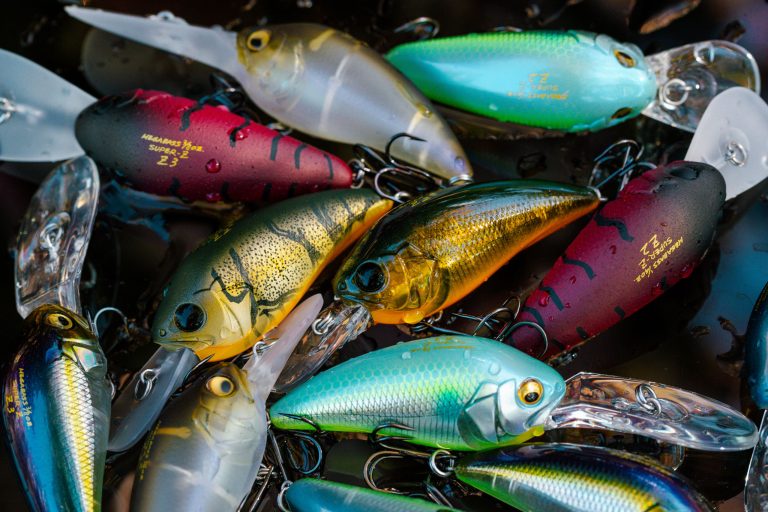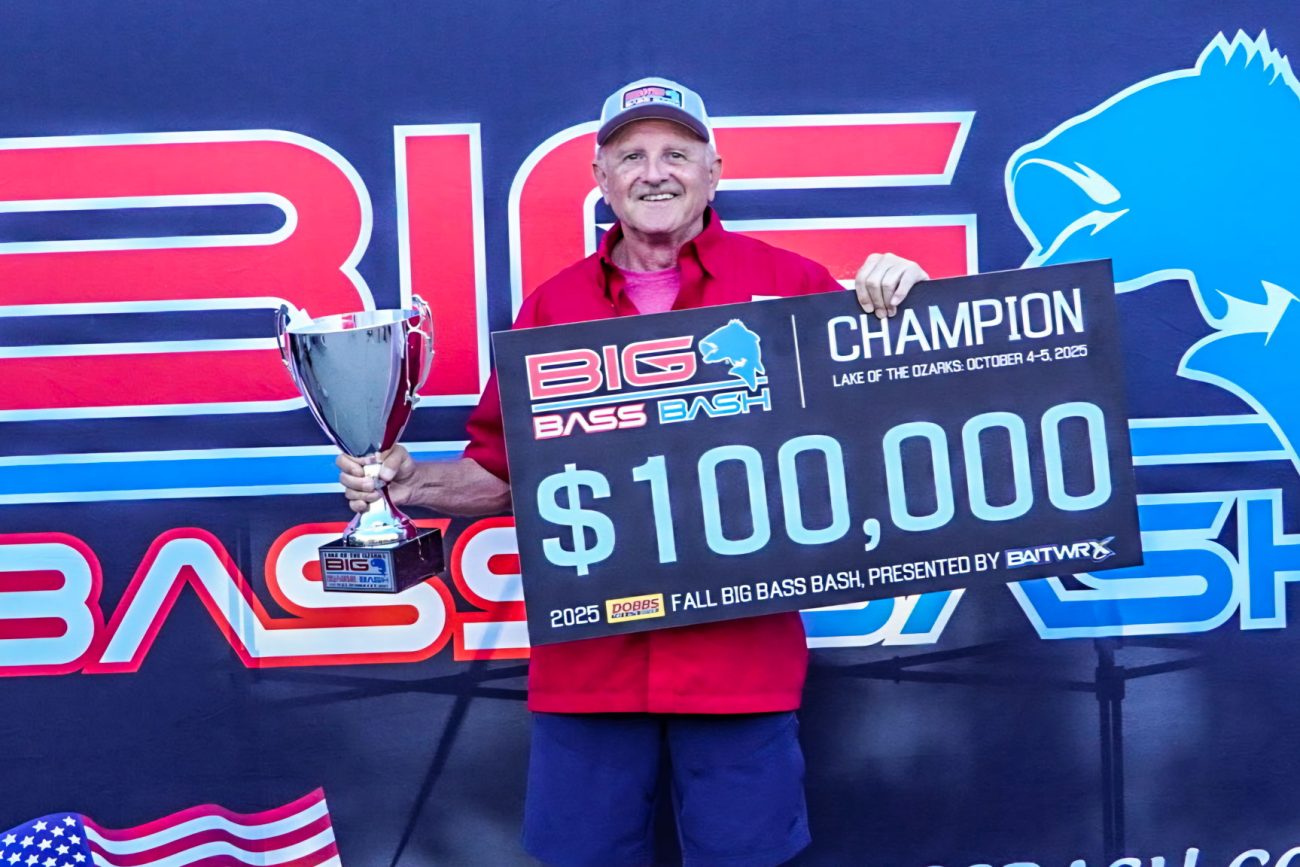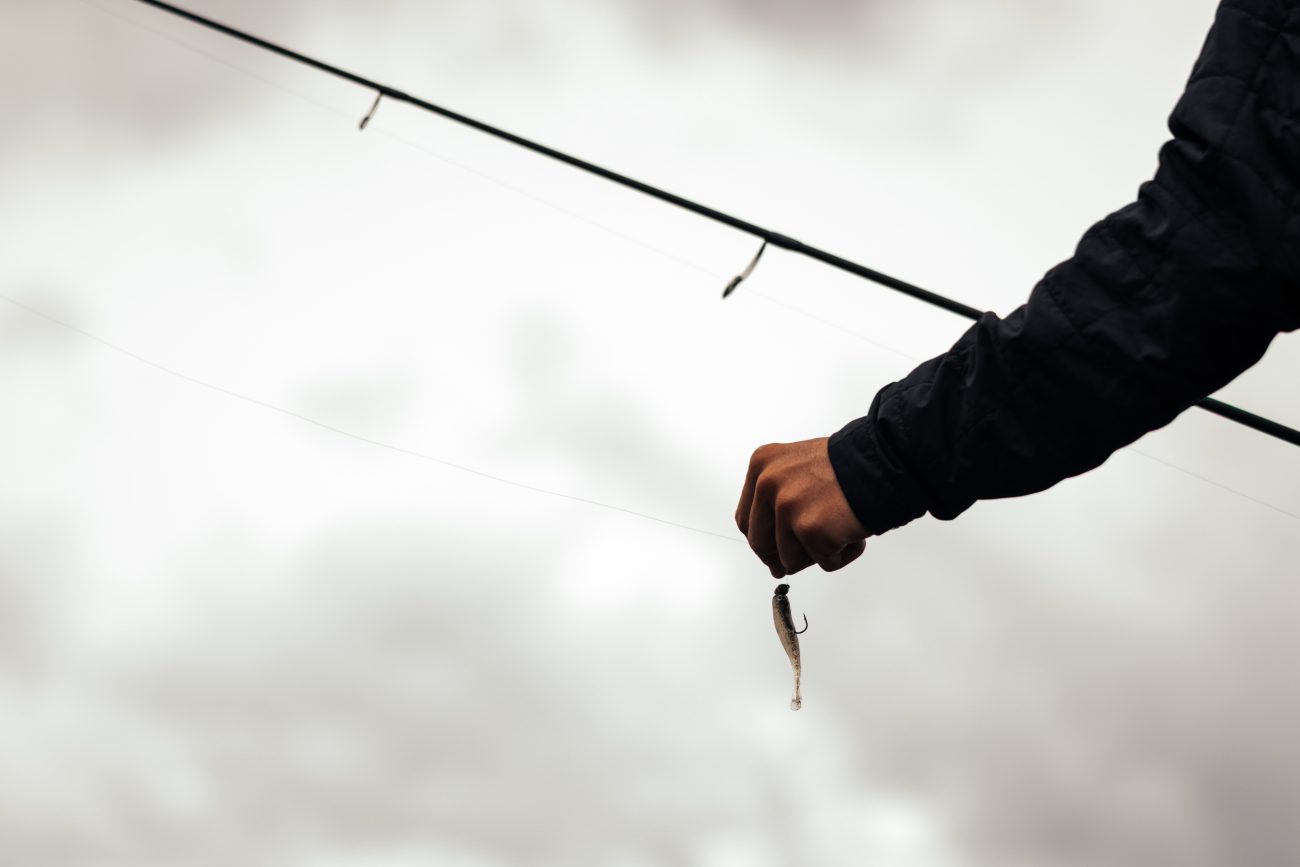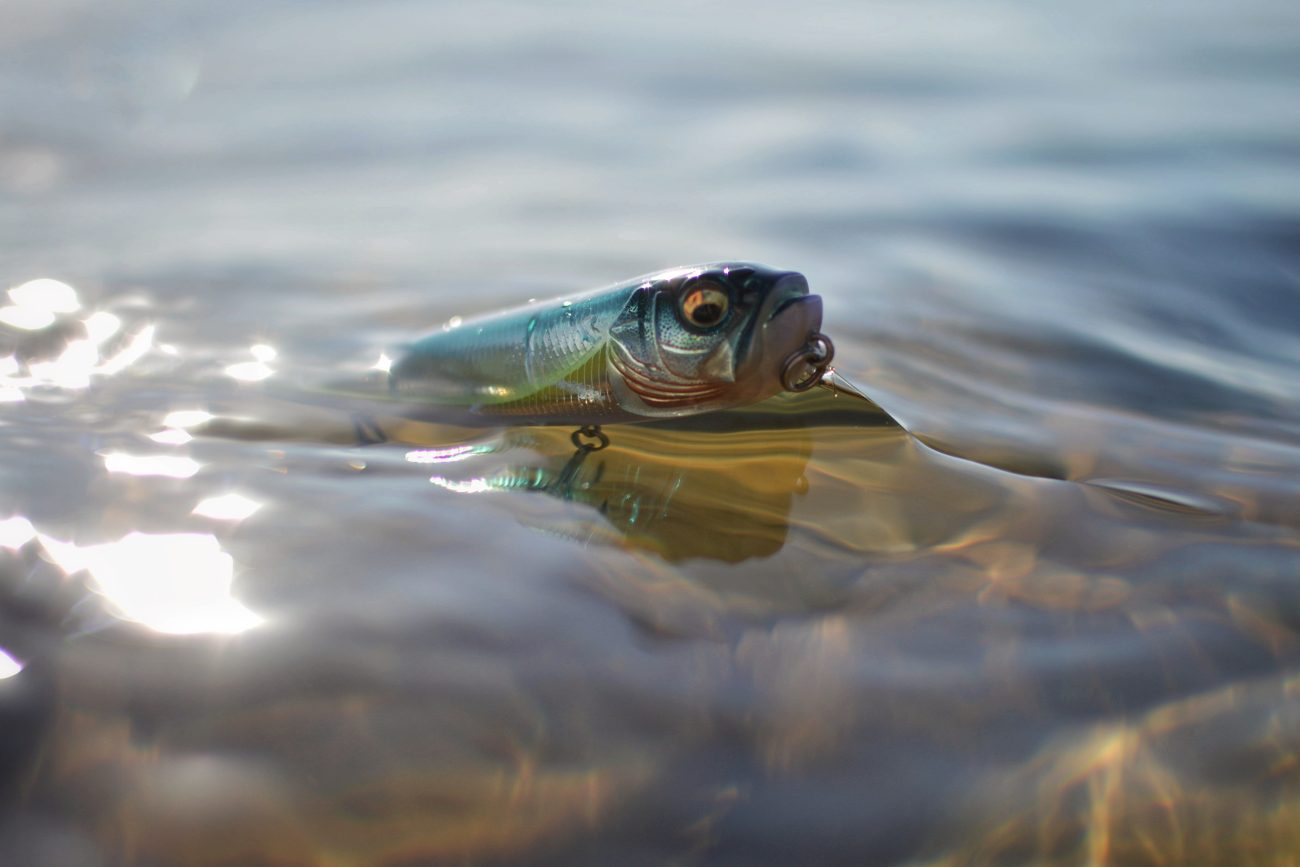The dropshot rig has long been a staple of finesse fishing — especially when targeting pressured or deep-water bass. Typically, anglers pair it with straight-tail worms, soft stickbaits, or goby imitators. But when California pro Chris Zaldain heads north chasing big smallmouth in the summer, he brings something a little different: a swimbait.
Specifically, Zaldain leans on the drop swimming technique, a unique twist on traditional dropshotting that combines the subtlety of finesse with the action of a swimbait. And according to him, it’s a deadly approach — not just for smallmouth in deep, clear water, but even for lethargic largemouth during the colder months.
What Is the Drop Swimming Technique?
The drop swimming technique involves rigging a small, finesse-style swimbait on a dropshot setup and using it to swim — not just shake — the bait through the water column. Rather than the typical straight-down vertical presentation, Zaldain pitches his bait out, lets it hit bottom, and then reels slowly so it ticks across the rocks while the swimbait tail kicks subtly along.
“It’s especially good in clean water,” he says. “Instead of dropping it straight down, I’ll treat it like a swimbait — just with a finesse delivery.”
Zaldain uses this technique to pick off suspended smallmouth around isolated rock piles and underwater points, especially when baitfish are present just off the bottom. The beauty of drop swimming is that it keeps the bait suspended and moving naturally in the strike zone, making it irresistible to bass that might ignore more static presentations.
Key Components for Drop Swimming Success
To pull off the drop swimming technique effectively, Zaldain makes a few key adjustments to his typical dropshot setup.
Leader Length:
He often uses a longer-than-usual leader — anywhere from 18 to 20 inches — which keeps the bait suspended well above the bottom. This added clearance is critical when targeting suspended fish or working over chunk rock and isolated boulders.
Bait Selection:
His favorite drop swimming bait is the 3-inch Megabass Hazedong Shad, a soft, ultra-natural swimbait with a thin paddle tail that kicks at even the slightest movement. When he needs a bit more thump, he’ll swap it out for a Spark Shad, but the Hazedong’s subtle motion is usually the go-to.
Color selection depends on the forage and the conditions. Zaldain’s top pick is AYU, which can imitate anything from gobies to baby bluegill. For pure goby scenarios, he’ll switch to solid green pumpkin or REAL. During wintertime largemouth sessions, he often starts with Ghost Shad to match dying baitfish.
Rod and Reel Setup:
Zaldain’s rig begins with the Megabass Destroyer Addermine, a 6’11” extra-fast spinning rod with the sensitivity to detect subtle bites and the backbone to handle powerful smallmouth. He spools up with 15-pound Seaguar Smackdown braid, connected to a 6- to 8-pound Seaguar Tatsu fluorocarbon leader. For weight, he favors a ¼ or 3/8-ounce tungsten teardrop-style dropshot weight for maximum bottom feel, though a cylindrical weight is better in grass.
Hook:
He nose-hooks the Hazedong with a size 1 Lazer Trokar Dropshot Hook, giving the bait maximum freedom to swim and fall naturally.
When and Where to Drop Swim
Drop swimming shines during the heat of summer when smallmouth bass move out to 15, 20, or even 30 feet of water. These deeper fish often suspend around bait schools near subtle structure, making them prime targets for a moving finesse bait.
But Zaldain also turns to the drop swimming technique during the winter — especially when chasing coldwater largemouth. On bluff walls and steep drops, he’ll slow his retrieve down, almost letting the bait hang before inching it forward. In cold water, that slight pendulum effect mimics a struggling or dying shad — an easy meal for bass that aren’t chasing fast-moving lures.
And here’s a wrinkle: in winter, Zaldain sometimes runs two rigs — one with a nose-hooked Hazedong and one rigged wacky style on the same hook. The unconventional look creates erratic, dying action that’s tailor-made for coldwater bass.
Covering Water the Smart Way
One of the biggest advantages of the drop swimming technique is how it helps you efficiently cover water — a rare trait for traditional dropshotting. Rather than staying pinned in one spot and working the bait in a tight radius, Zaldain casts out and slowly winds his swimbait back, letting it swim naturally while keeping that drop weight just ticking bottom.
In windy conditions, he positions his boat upwind of key structure like points or boulders, then casts directly into the wind. This approach keeps his line tight, reduces bow, and improves bottom contact and bait control. Spot Lock on the trolling motor keeps him right where he needs to be.
“It’s like flipping underwater,” he says. “You’re pitching to targets, working them efficiently, and then moving on. You just happen to be doing it with a finesse swimbait on a drop shot.”
Final Thoughts
Whether you’re chasing deep summertime smallmouth or picking apart steep banks for sluggish winter largemouth, the drop swimming technique offers a unique blend of finesse and action. It’s not a replacement for traditional dropshotting or swimbait fishing — it’s a hybrid approach that pulls bites when neither of those on their own seem to work.
If you’re looking to upgrade your dropshot game and show bass something they haven’t seen a thousand times before, grab a few Hazedong Shads, rig up a longer leader, and start swimming your dropshot. Just like Chris Zaldain, you might find it becomes your go-to tactic all year long.







